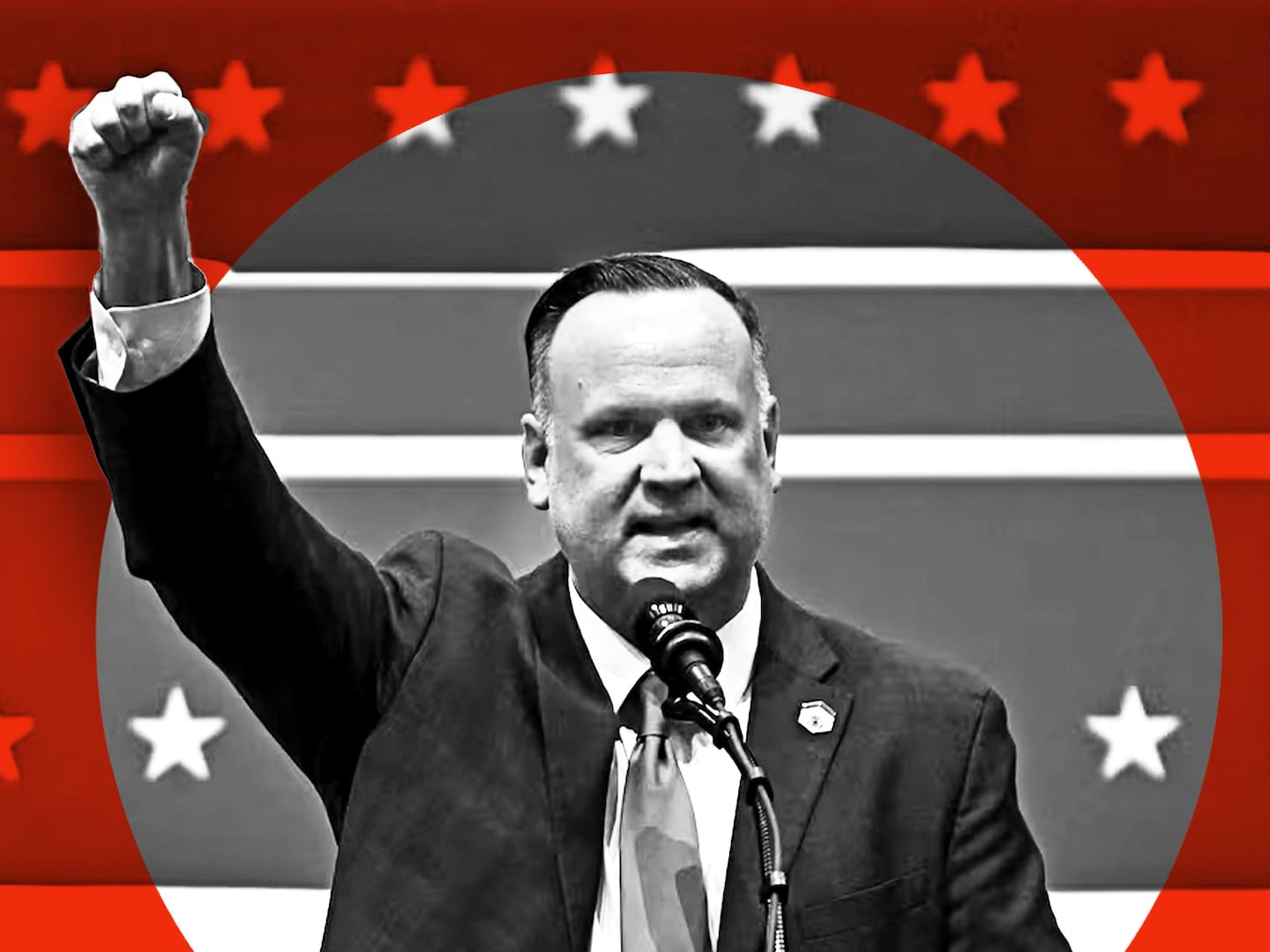It’s no secret that, when it comes to real estate and the economy, the first decade of the 21st century stands out as one the most noteworthy in U.S. history. It kicked off with the highest rate of housing price inflation in 10 years—4 percent in 2001—and a more plugged-in, online consumer base securing mortgages in an environment freshly free of old regulations. In late 1999, the Financial Services Modernization Act effectively repealed the Glass-Steagall Act, passed in 1932, formally doing away with regulations that kept banking, securities, and insurance activities separate.
Mix those elements together, and you get a cocktail of growth that far outpaced anything seen before—only to come crashing down in what was clearly a case of too much, too fast. But how did the industry recover from the Great Recession and get back to its current levels? And what regulatory steps can be taken to prevent a repeat of history?
What Went Wrong
During the 1990s, home prices rose at a rate of slightly less than 3 percent per year; compare that to the period from 2000 to 2006, when they jumped nationally by an average of nearly 9 percent annually, according to the Bureau of the Census. That coincided with the proliferation of subprime mortgages, loans with less favorable terms issued to borrowers who wouldn’t qualify for traditional mortgages thanks to their credit ratings.
From 2001 and 2006, the share of subprime loans shot up from 7.2 percent to 20.1 percent, with subprime mortgage originations hitting $625 billion in 2005, at which point the housing boom first showed signs of slowing. In 2007, as the bottom dropped out, government-sponsored enterprises (GSEs) Fannie Mae and Freddie Mac suffered a combined net loss of $14.9 billion, leading to the GSEs being placed under conservatorship by the Federal Housing Finance Agency in September 2008. “Conservatorship was the only form in which I would commit taxpayer money to the GSEs,” treasury secretary Henry Paulson said when announcing the move.
The ensuing economic crisis led to a recession that saw a loss of nearly 9 million jobs in 2008 and 2009, according to the Bureau of Labor Statistics, and a household net worth decline of almost $13 trillion, as tabulated by the Federal Reserve. Those net-worth figures wouldn’t recover until the end of 2012, while the jobs weren’t restored until mid-2014.
The Slow Climb Back
Now, in 2018, the housing sector has stabilized—and thrived. Mortgage rates are at a seven-year high, interest rates are steadily rising, and average home sale prices have hit $375,000 this year after sinking to $257,000 in 2009. But those still shaken by the ups and downs of the 2000s might be wary to celebrate. Despite the stigma, subprime mortgages haven’t vanished completely. The loan type is still part of the home-financing landscape, but a much smaller one thanks to oversight and legislation like 2010’s Dodd-Frank Act, which requires lenders to more clearly disclose costs and rate increases. Nonetheless, some lenders are starting to get creative again, offering buyers with lower credit ratings loans dubbed “nonprime,” which sounds suspiciously familiar.
The Millennial Question
The homeownership rate in the U.S. has been steadily returning to pre-crash levels, recently hitting a four-year high of 64.2 percent, and there are still first-time homebuyers—they’re just waiting longer to make that down payment. As millennials enter their 30s, they haven’t been transitioning into homeownership at the same rate as their predecessors. In 2016, the "typical" homebuyer was 45 years old, according to a report by the National Association of REALTORS® (NAR).
If the housing market is going to continue growing, then the generation facing its prime homeownership years has to take part. So what is keeping millennials from taking the plunge at the same rate as earlier groups? The biggest factor is economic—namely in the form of student loan debt, according to a recent research report by the Urban Institute. The Federal Reserve Bank of New York found that from 2007 to 2015, student loan debt was to blame for between 11 percent and 35 percent of the decline in homeownership for adults ages 28 to 30. Millenials are also waiting longer to get married and have children—in other words, to settle down—and are more diverse, bringing racial housing disparities into the generation’s homeownership rate. According the Urban Institute study, “if the racial composition in 2015 had been the same as it was in 1990, the millennial homeownership rate would be 2.6 percentage points higher.”
There is also a psychological side to consider, as Millennials came of age during the lead up to the 2008 housing crisis and its aftermath. “For many millennials, it’s not just about student loans. The whole economic system is faltering for them,” says Jodi Letkiewicz, coauthor of a study examining homeownership among young Americans. “Some of them aren’t buying houses because they simply can’t afford them, and some aren’t buying because they either aren’t interested or think it’s too risky.”
But counting them out completely would be a mistake, at least according to economist Tim Jones. “As Millennials age, in my opinion, they will ultimately have a similar percentage of homeownership in the U.S. as we have today,” Jones wrote on his blog. “Many Millennials will sign a home purchase contract long before they sign a marriage certificate.”
Where We Go From Here
If Jones’ outlook holds, then the recovery from the Great Recession should continue. But while homeownership numbers are ticking back upward and prices are pushing higher, today’s homeowners still have concerns. Among those is access to housing for everyone, even groups not previously covered under the Fair Housing Act. In 2017, a federal judge ruled that the Fair Housing Act covers sexual orientation and gender identity, but the FHA hasn’t yet been amended to make that official. “Discrimination of any kind is unacceptable,” Rep. Gerry Connolly (D-VA) told The Daily Beast. “Congress should bring the Fair Housing Standards Act into the 21st century and ensure no one can be discriminated against based on their sexual orientation or gender identity.”
Other homeowner concerns include affordability and market stability, though there are government programs in place to address those worries and help underserved segments of the population. The Federal Housing Authority’s mortgage program helps make sure buyers have access to mortgage insurance at all times, even during economic downturns. “Providing a critical pathway to homeownership and wealth creation for American families must remain core to FHA’s mission and activity,” former FHA commissioner Carol Galante and Nathan A. Shultz wrote in a 2017 paper. “This should include continuing to make mortgage products available that offer low down payments, long-term fixed rate loans, average pricing on mortgage premiums, and a 100 percent insurance guarantee backed by the full faith and credit of the U.S. Government.”
In addition, loans insured by the USDA Rural Housing Service provide support to more than 17 million rural Americans. But recent budget cuts have threatened the program. The Veterans Affairs Home Loan Guarantee Program has helped secure more than 20 million loans to veterans, but it’s also not without its issues. The program needs enhancement and reform to give vets more flexibility for negotiations in today’s housing market. “America’s veterans have been well-served for years by VA’s appraisal system, and professionals in the business should be proud of their good work,” Michelle Bradley, former chair of NAR’s Real Property Valuation Committee, said while testifying before Congress last year. “Unfortunately, that system is under tremendous pressure today.”
As for market stability, the government’s move to put Fannie Mae and Freddie Mac under conservatorship pulled the GSEs back from the brink of collapse, but that relationship wasn’t intended to be permanent, as the federal government was expected to replace the public-private partnership of the GSEs with a new housing finance system. But so far, efforts to reform the GSE system have stalled. “Every American deserves to own their own home,” Rep. Yvette Clarke (D-NY) told The Daily Beast. “And the federal government can play a part in making that happen by providing mortgage insurance, housing counseling, down-payment assistance, and other key services.”
If government action to protect and correct the GSEs was necessary in 2008, perhaps a different sort of government action is needed to safeguard the gains the economy has made during the recovery. “The housing finance system and whatever changes we make to it must ensure the ongoing availability of credit to support the management of rental housing and the financing of home purchases for those ready to take that step,” Michael Bright and Ed DeMarco wrote in a paper focused on restructuring the secondary mortgage market. “The transition to this reform can be accomplished smoothly, leaving a housing system that is efficient, open to competition and innovation, and ensures a stable supply of mortgage financing.”
Secondary market reform and oversight may be a key to achieving that stable supply and preventing another crash. Without them, rising debt and increasingly lax lending practices like nonprime loans could mean that we aren’t out of the woods quite yet.






